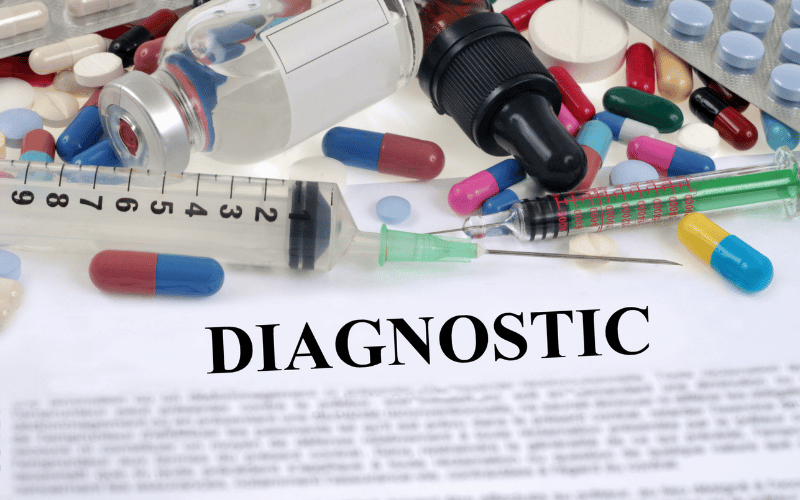Fact 4: On the Diagnostic Trail – How is Cholestasis Identified?

Diagnosing cholestasis is a critical step in managing the condition and alleviating its symptoms. The process typically involves a combination of clinical evaluation, blood tests, imaging studies, and sometimes, liver biopsy.
Healthcare providers will start with a thorough medical history and physical examination. They will ask about symptoms, any existing health conditions, and medications being taken, as some drugs are known to cause cholestasis. They will also look for signs of jaundice and check for abdominal tenderness, which might indicate an enlarged liver.
Blood tests are crucial in diagnosing cholestasis. They help measure levels of liver enzymes, bilirubin, and bile acids. Elevated levels of these substances can indicate impaired bile flow and liver dysfunction, pointing toward cholestasis.
Imaging studies such as ultrasound, CT scan, or MRI can provide a detailed view of the liver and bile ducts, helping identify any blockages or abnormalities that might be contributing to cholestasis. In some cases, a procedure called endoscopic retrograde cholangiopancreatography (ERCP) may be used to take a closer look at the bile ducts and remove any obstructions if found.
In certain situations, a liver biopsy may be performed to obtain a small sample of liver tissue for further analysis. This can help determine the extent of liver damage and pinpoint the exact cause of cholestasis. Navigating the diagnostic trail of cholestasis requires a comprehensive and meticulous approach, ensuring that every aspect of the condition is thoroughly investigated. This lays the groundwork for a targeted and effective treatment plan, paving the way for improved liver health and quality of life. (4)